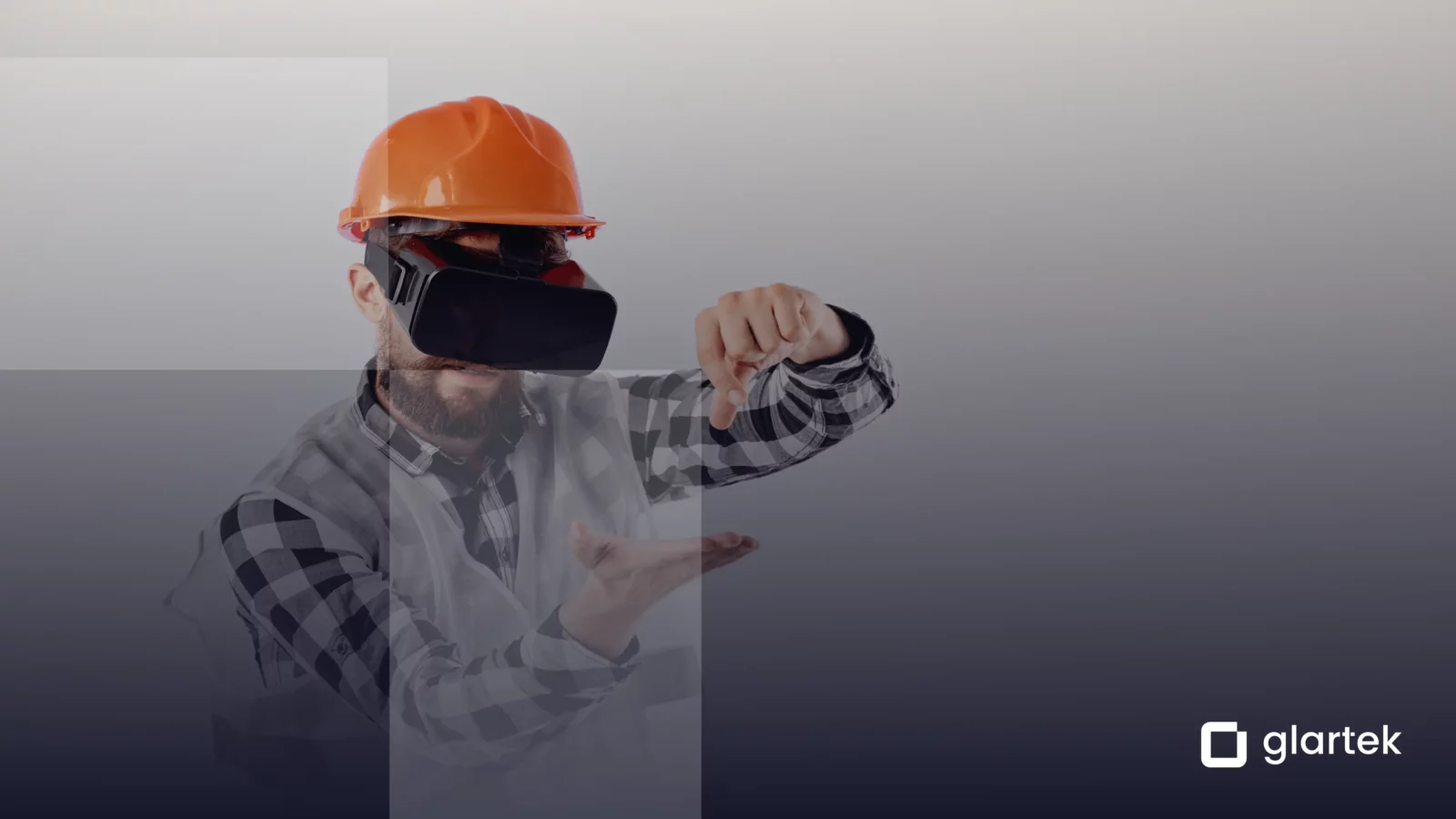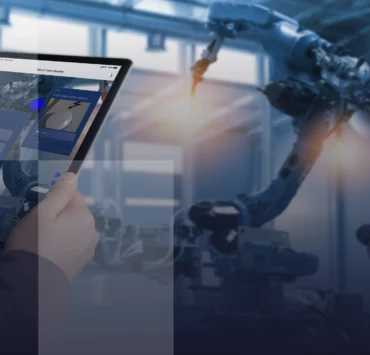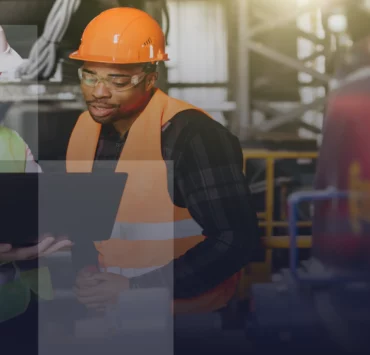The advent of the internet and the online world has laid the foundation for new immersive reality experiences. This has resulted in the development of software that can merge the use of computer technology with reality. Sounds confusing? Well, it is not as complex as it may seem. Essentially, experiencing and interacting with digital elements is no longer restricted to a keyboard, a mouse, a screen, or a touch screen.
In practical terms, this new form of immersive interaction, which combines real and virtual environments, is commonly known as extended reality (XR). The term refers to new and emerging technologies that explore new forms of human-machine interactions that rely on combining the world around us with virtual environments. While such technology is still making its way to mass dissemination its potential is undeniable. In fact, according to Statista, the global market of XR reality was worth $28 billion in 2021 and is expected to top a stunning $252 billion by 2028.
Assisted Reality (aR), Augmented Reality (AR), Virtual Reality (VR), and Mixed Reality (MR) are the four leading types of extended reality. They have begun being used in different industries, but still, they are often mixed up. Read below to learn how they differ and their use in different industries.
Different Types of Immersive/Extended Reality
Assisted Reality
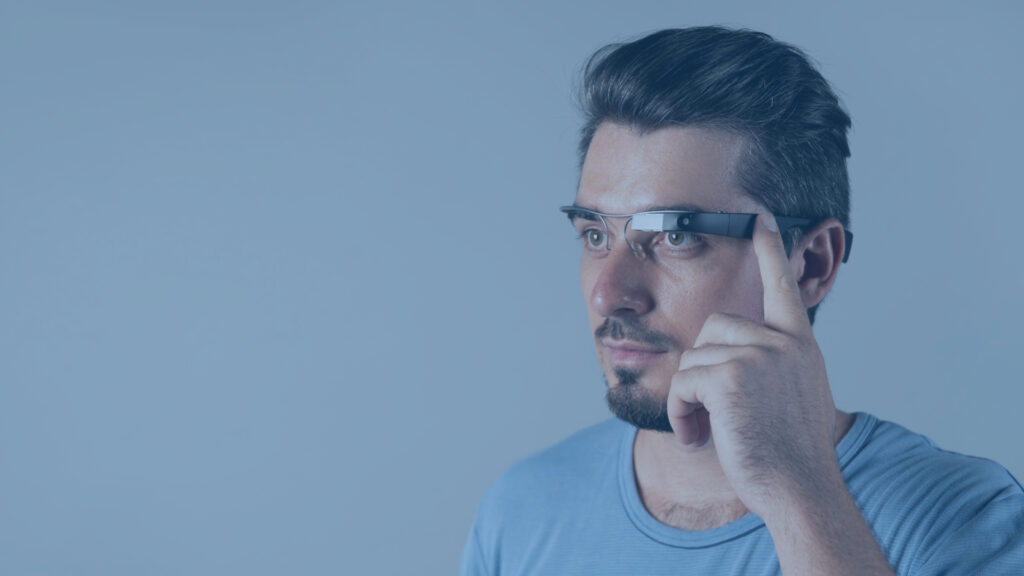
Assisted Reality is the lowest level of extended reality available in the market. In essence, it relies more on reality than it does on digital elements. This technology allows users to see visual aids within their immediate field of vision while keeping their hands free. For this reason, aR is mostly used on wearables and other types of fixed see-through displays. The most popular example of this technology is heads-up displays (HUDs) which allow drivers to look at relevant info (e.g., speed) while driving without having to shift their gaze.
Augmented Reality
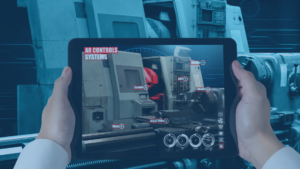
AR combines users’ physical world and surroundings with digital assets (including, virtual images, text, and objects) using see-through devices, such as smart glasses, smartphones, tablets, or other forms of wearable technology. Users will still experience the world around them with the addition of digital elements. For instance, using AR and a see-through device you’d be able to see a virtual cup of coffee in front of you.
Mixed Reality
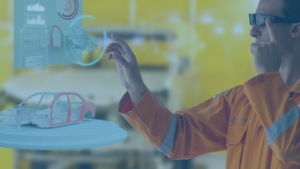
MR is deeply related to AR. While mixed reality doesn’t feature an entirely virtual world, such as virtual reality, it goes further than augmented reality by offering users a higher degree of interaction with digital objects. In practical terms, users can modify and take apart virtual assets and not just visualize them. While using AR you could see a digital cup of coffee, MX reality would offer you more options. You’d be able to interact with the cup, for instance, move it around and spill the coffee as if it was a real object.
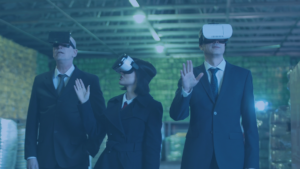
Virtual Reality
Using a headset, virtual reality immerses users in a computer-generated environment that is entirely artificial. In essence, VR’s goal is to create a realistic world and the illusion of being somewhere else. Using VR you wouldn’t just see or modify the cup of coffee, you could access a virtual coffee house set in an entirely digital environment.
Main Uses of Immersive Reality
While all four types of extended reality are ambitious projects they’ve all found their way into our daily lives. Think of Google’s Street View, Instagram’s filters, Zoom’s virtual backgrounds, or even Pokémon Go. All these services employ some form of extended reality.
Nonetheless, extended reality has wider application and has had a significant impact on different industries. Whether offering workers accessible information to help them learn and complete tasks or enhancing design, education, or product development, extended reality is rapidly becoming an indispensable solution for all sorts of industries. This is particularly true when it comes to the asset-intensive and manufacturing industries where the rise of the Augmented and Connected Worker has been enabled.
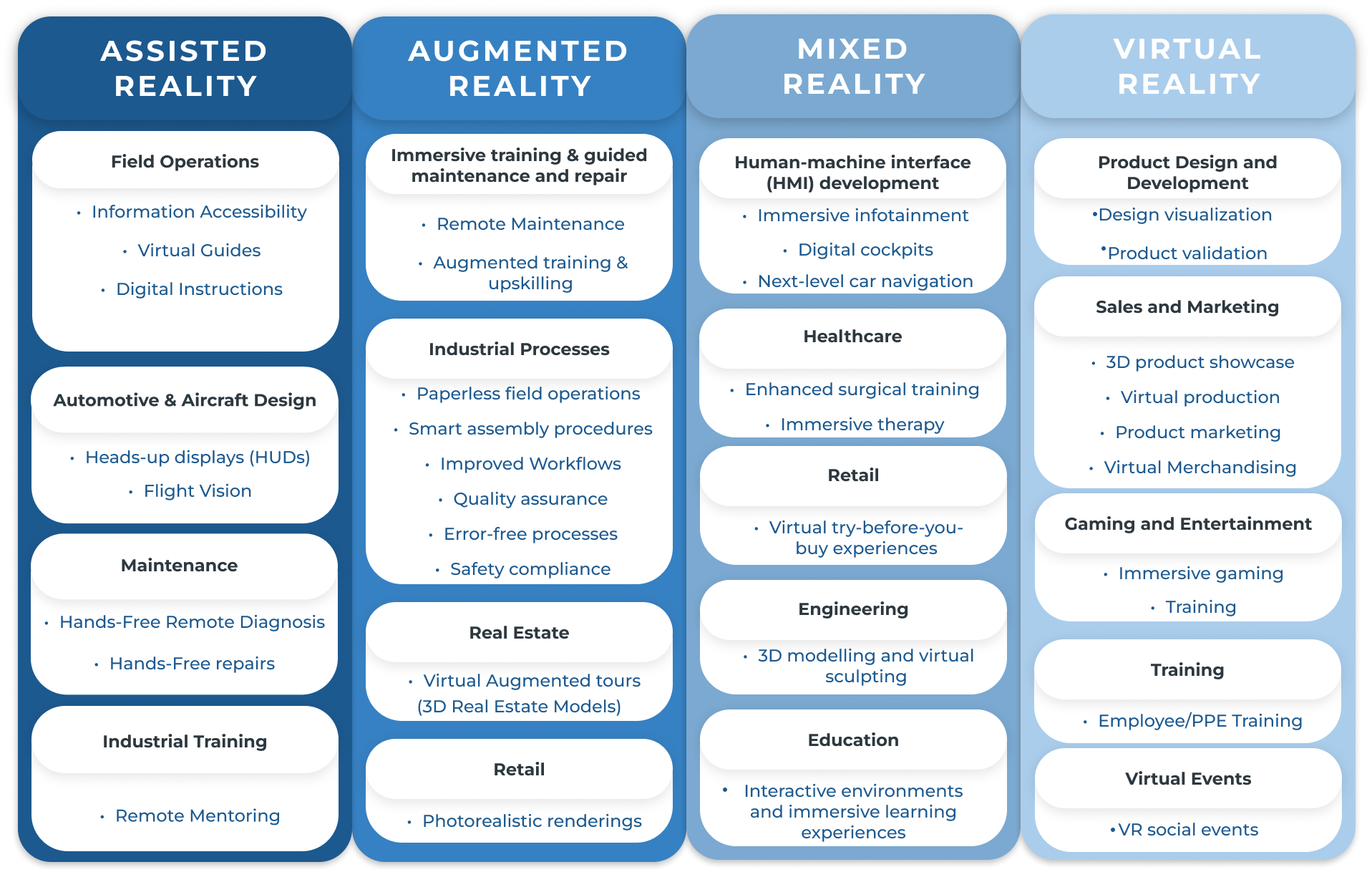
and more…
Practical Example in the Industry
As detailed in the table above, Assisted, Augmented, Mixed, and Virtual Reality have plenty of uses across different industries. However, AR and MX have proven particularly important in transforming the day-to-day operations of industrial settings. More than a technological advancement they present a turning point in how workers perform their tasks.
For instance, the automotive industry is now using AR to create and carry out SOP checklists. These documents, containing information relating to tasks and functions, are crucial for daily procedures in industrial settings. Previously, workers had to locate and deliver papers sheet to conduct this procedure, however, AR and MR have changed this.
By using an augmented solution workers can access digital SOP checklists. This allows workers to follow visual clues, which can contain text, images, and AR markets. As a result, all steps in the checklist are performed correctly, faster, and efficiently.
Read Our Paper on Immersive Technologies
Extended/Immersive Reality and its respective reality technologies are changing the way workers perform their daily tasks and access information. Such technologies are crucial to ensuring safety, and productivity and allowing for further innovation. Read our paper on aR, AR, VR, and MR to learn how they’re shaping the future of the industry.

